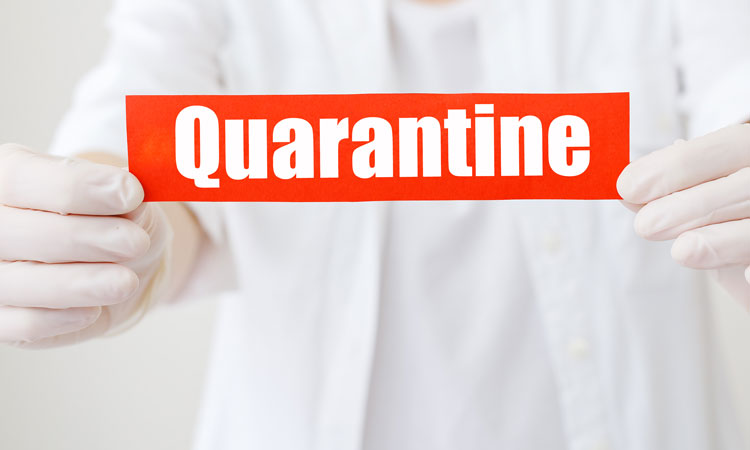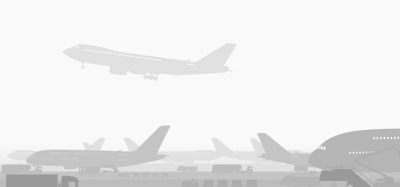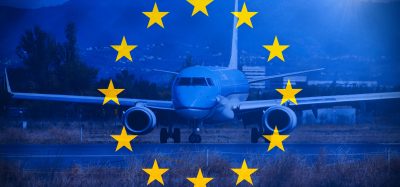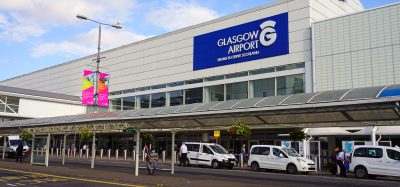Quarantine measures predicted to halter the recovery of aviation
Posted: 14 May 2020 | International Airport Review | No comments yet
Instead of quarantine, a risk-based layered approach of globally harmonised biosecurity measures is critical for the industry to recover.


IATA has released new analysis that illustrates the damage to air travel due to COVID-19 extends into the medium-term, with long-haul/international travel being the most severely impacted, determining quarantine measures on arrival would further damage confidence in air travel.
Within this analysis, IATA and Tourism Economics modelled two air travel scenarios.
Baseline scenario
- This is contingent on domestic markets opening in Q3, with a much slower phased opening of international markets. This would limit the air travel recovery, despite most forecasts pointing toward a strong economic rebound late in 2020 and during 2021.
- In 2021 we expect global passenger demand (measured in revenue passenger kilometres, RPKs) to be 24 per cent below 2019 levels and 32 per cent lower than IATA’s October 2019 Air Passenger forecast for 2021.
- We don’t expect 2019 levels to be exceeded until 2023.
- As international markets open and economies recover, there will be further growth in air travel from the 2020 low point. But even by 2025 we would expect global RPKs to be 10 per cent lower than the previous forecast.
Pessimistic scenario
- This is based on a slower opening of economies and relaxation of travel restrictions, with lockdowns extending into Q3, possibly due to a second wave of the virus. This would further delay the recovery of air travel.
- In this case, global RPKs in 2021 could be 34 per cent lower than 2019 levels and 41 per cent below our previous forecast for 2021.
“Major stimulus from governments combined with liquidity injections by central banks will boost the economic recovery once the pandemic is under control. But rebuilding passenger confidence will take longer. Even then, individual and corporate travellers are likely to carefully manage travel spend and stay closer to home,” said Alexandre de Juniac, IATA’s Director General and CEO.
An IATA survey of recent air travellers conducted in April 2020 found that 58 per cent are somewhat or very likely to restrict their initial travel to domestic journeys. Domestic revenue passenger kilometres (RPKs) will only recover to 2019 levels by 2022. International RPKs are only expected to return to 2019 levels in 2024.
“The impacts of the crisis on long-haul travel will be much more severe and of a longer duration than what is expected in domestic markets. This makes globally agreed and implemented biosecurity standards for the travel process all the more critical. We have a small window to avoid the consequences of uncoordinated unilateral measures that marked the post-9/11 period. We must act fast,” said de Juniac.
IATA strongly urges governments to find alternatives to maintaining or introducing arrival quarantine measures as part of post-pandemic travel restrictions. IATA’s April survey of recent air travellers showed that 86 per cent of travellers were somewhat or very concerned about being quarantined while traveling, and 69 per cent would not consider travelling if it involved a 14-day quarantine period.
“Even in the best of circumstances this crisis will cost many jobs and rob the economy of years of aviation-stimulated growth. To protect aviation’s ability to be a catalyst for the economic recovery, we must not make that prognosis worse by making travel impracticable with quarantine measures. We need a solution for safe travel that addresses two challenges. It must give passengers confidence to travel safely and without undue hassle and it must give governments confidence that they are protected from importing the virus. Our proposal is for a layering of temporary non-quarantine measures until we have a vaccine, immunity passports or nearly instant COVID-19 testing available at scale,” said de Juniac.
IATA’s proposal for a temporary risk-based layered approach to provide governments with the confidence to open their border without quarantining arrivals includes preventing travel by those who are symptomatic with temperature screening and other measures, and addressing the risks of asymptomatic travellers with governments managing a robust system of health declarations and vigorous contact tracing.
Related topics
Airport crisis management, COVID-19, Regulation and Legislation

















